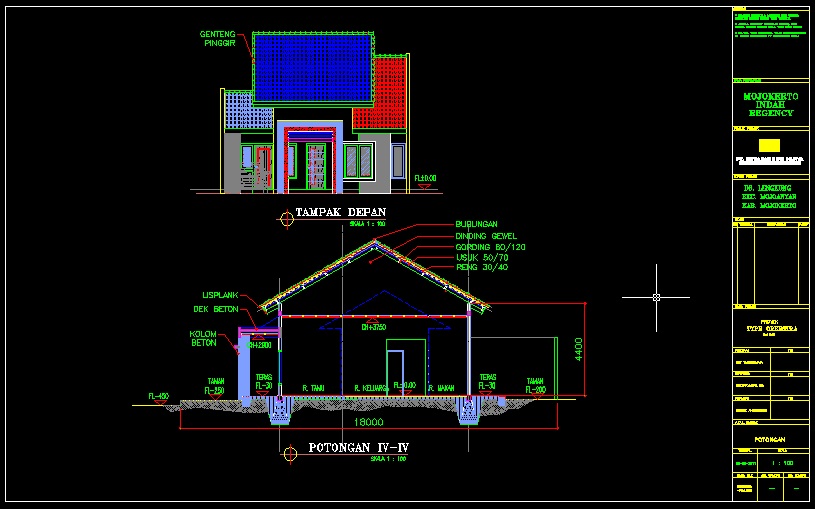


as you can see below, the original drawings sent by the architect contains a large amount of information we don’t need to transfer to SketchUP These files will be the baseline for the 3d model to be created and it is very important to set them right to prevent problems down the road. The first things I usually get from a client are the CAD drawings for the project at hand (a rare few manage to send me the down payment first). Hopefully, the information I’m sharing here will be useful for all of you 3d visualization artists, architects, designers and anyone else with an interest in 3d architectural visualization More than a ‘HOW-TO’ but not really qualifying as a fully-fledged tutorial, a ‘MAKING-OF’ post is a collection of spotlights illuminating several different aspects involving in the creation of the subject scene. (boso inggris maksute, he3x.) selamat mengikuti… tapi maaf, belum tak translate ke dalam bahasa indonesia soale uakeh tenan lagian aq yo rodok mumet nek gang nranslate menranslate, silahkan di transalete dewe itung2 sambil latihan boso jowowa minimalist gitu. Tutorial ini bersumber dari proyeknya mas ronenbekerman yang kemudian tak posting lagi di blog argajogja supaya koe2 kabeh pada ngerti semua he3x. Gambar diatas adalah gambar hasil akhir dari renderan menggunakan 3 ds max vray. Pemodelan objek diatas berawal dari sebuah denah yang dibuat di program Autocad, kemudian dimasukan di program sketchup, lalu di program sketchup itulah dibuat pemodelan 3 dimensinya, kemudian untuk hasil akhirnya objek tersebut kita export ke program 3 ds max (cara mengexport lihat artikel sebelumnya, makanya langganan argajogja ben ra ketinggalan, he3x) lalu kemudian di render menggunakan plugin vray.


 0 kommentar(er)
0 kommentar(er)
